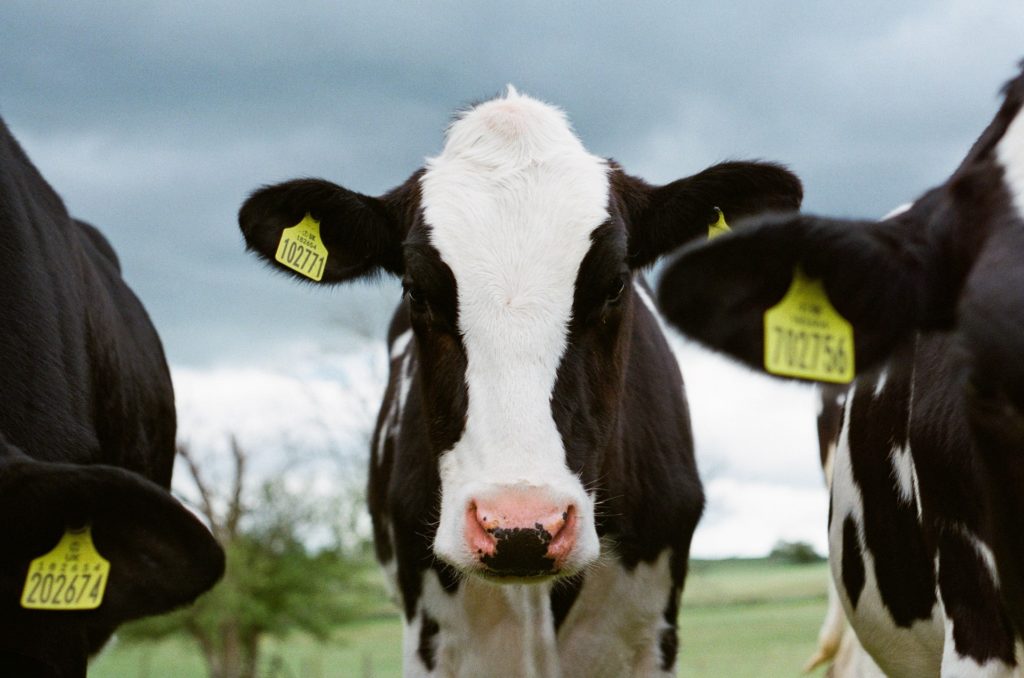Reviewing your Concentrate use per Litre
18 October 2021Concentrate use per litre is a key measure of feeding efficiency in the dairy cow. The less concentrate required for a given level of milk production with the more milk that can be produced from forage, the greater the efficiency of production and the lower the feed costs.
The annual rolling results for Kingshay costed herds up until June 2021 show an average yield per cow of 8556 litres with a concentrate use of 0.31kg/litre (2.674T concentrate/year). Remember that while feeding extra concentrates will result in a milk yield response, the response is not linear. In low input systems, there may be a response to adding 0.3 to 0.4kg of concentrate to produce an extra litre. However, at high levels of concentrate feed it could be as much as 1.6kg to produce an extra litre, as the extra concentrate has become a substitute for the rest of the diet or forage. The milk price and the feed price will determine whether feeding more concentrate is cost-effective.
Aside from nutrition, how can we try and produce more milk with the same level of concentrate feed? There may be factors in feeding management or aspects of the housing environment that can be altered to increase milk output, making more from the same amount of bought-in feed. Some of these are discussed below:
Forage Quality
- The better the silage quality, the more milk that can be produced from forage. For example, cutting silage one week earlier will lead to an improvement in D value of 3.5% units, equivalent to about 0.6MJ of ME/kg of dry matter. With a silage dry matter intake of 12kg, that is equivalent to an additional 7.2MJ or 1.3 litres extra milk.
Feeding Management
Changes in feeding management could help improve overall dry matter intake, allowing some extra kgs of silage into the diet. This would help increase milk yield from the same amount of concentrates, effecting reducing concentrate use per litre. Typically, an increase in dry matter intake of 1kg could result in up to an extra two litres of milk. This could be achieved by changes to the following:
- Feeding frequency – moving from once a day to twice a day feeding has been shown to increase intake and milk yield, as well reduce feed sorting. Alternatively mix one batch of feed but only feed out a certain proportion, allowing an extra feeding time later in the day without incurring extra mixing time. This will only work if the mix left in the wagon for feeding out later can be kept cool and fresh for several hours.
- Increase frequency of pushing up feed, which is recommended every 3 to 4 hours, so 6 to 8 times a day.
- Reducing ration sorting. This can be an issue when feeding very dry forages and where the dry matter of the ration is greater than 45%. Adding water to the TMR or doing compact feeding can help moisten the mix, reduce sorting behaviour and benefit rumen health. This in turn can lead to improvements in dry matter intake, more milk, higher butterfat % and better muck consistency. Aim for a dry matter of around 40% (with compact feeding the target is between 36 to 39% dry matter).
Housing
Many aspects of the housing environment can impact on production including:
- Cow comfort – relating to cubicle availability, cubicle size and lying surface. If improvements help increase lying time, an extra hour of lying time translates into an extra litre of milk.
- Feed space – aim for a minimum of 24 inches/cow, with 30 inches more desirable for fresh cows and dry cows.
- Lighting can impact on dry matter intake and milk yield. Aim for 16 hours light and 8 hours of darkness, with a minimum of 160-200 lux (and 30-50 lux for darkness).
- Feeding surface – giving cows a smooth surface to eat off with either a plastic coating or tiled surface along the feed pass. This has been shown to increase intake by up to nearly 1kg/day with a milk yield response in the region of 1 to 2kg.
It goes without saying that improving the health status of the herd with less lameness and mastitis, and minimising transition diseases will also help to improve milk output from the same amount of feed inputs. Not only will increasing milk yield with the same amount of concentrates help improve feed margins, it will also help reduce your carbon footprint per kg of milk produced, with more litres to spread emissions across.
Sign up to the FAS newsletter
Receive updates on news, events and publications from Scotland’s Farm Advisory Service

